

Articles
How To Store Ham
Modified: February 27, 2024
Learn how to store ham properly with these informative articles. Gain valuable tips and tricks to ensure your ham stays fresh and delicious for longer.
(Many of the links in this article redirect to a specific reviewed product. Your purchase of these products through affiliate links helps to generate commission for Storables.com, at no extra cost. Learn more)
Introduction
When it comes to storing ham, it’s important to know the proper techniques to ensure its freshness and flavor. Whether you have a leftover cooked ham or have purchased a whole ham for future use, proper storage is key. By following a few simple guidelines, you can keep your ham delicious and safe to consume for an extended period of time.
In this article, we will discuss the best practices for storing ham, including refrigeration and freezer storage methods. We will also cover packaging and labeling techniques to help you keep track of your ham. Additionally, we will explore tips on thawing frozen ham and making the most of leftover ham.
So, if you’re wondering how to store ham in the most efficient way, continue reading to learn all the expert tips and tricks.
Key Takeaways:
- Properly storing ham is crucial for maintaining its freshness and flavor. Whether in the refrigerator or freezer, correct packaging and labeling are key to preserving ham’s quality.
- Leftover ham can be transformed into a variety of delicious dishes, minimizing food waste and maximizing flavor. From sandwiches to quiches, get creative with your ham leftovers!
Read more: How To Store Iberico Ham
Choosing the Right Ham
Before we delve into the storage techniques, it’s important to first choose the right type of ham. There are various options available, including cured, smoked, and cooked ham. Each type has its own unique characteristics and storage requirements.
Firstly, let’s talk about cured ham. Cured ham has been treated with salt and other seasonings to preserve its flavor and extend its shelf life. This type of ham can come in both bone-in and boneless varieties. When selecting cured ham, opt for one that is well-sealed and has a bright pink color.
Smoked ham, as the name suggests, has been subjected to a smoking process. This imparts a distinct smoky flavor to the meat. Smoked ham is often fully cooked and ready to eat, but double-check the packaging to ensure proper handling and storage instructions.
If you have a cooked ham, it has already been prepared and ready to serve. Cooked ham can be purchased sliced or as a whole ham. It’s important to note that cooked ham has a shorter shelf life compared to raw or uncured ham.
When choosing any type of ham, always check the expiration date and ensure that the packaging is intact. If purchasing from a butcher or deli, ask for the ham to be wrapped tightly in plastic wrap or vacuum-sealed to maintain freshness.
Lastly, consider the size of the ham. If you’re planning to store a large quantity of ham, it’s best to buy a whole ham as it can be sliced and stored as needed. However, if you only need a smaller portion, consider purchasing pre-sliced ham, so you can easily store and use the desired amount without any waste.
By selecting the right type of ham and ensuring its quality, you are setting the foundation for successful storage and enjoyable consumption. With this in mind, let’s move on to the different storage methods for keeping your ham fresh and flavorful for longer periods.
Refrigerator Storage
Refrigeration is one of the most common methods of storing ham, especially if you plan to consume it within a week or two. Here are some important guidelines to follow when storing ham in the refrigerator:
1. Unopened Ham: If your ham is still in the original packaging and unopened, simply place it in the refrigerator. Ensure that the temperature of your fridge is set at 40°F (4°C) or below to maintain freshness. The original packaging provides adequate protection and helps to retain moisture.
2. Opened Ham: If you’ve already opened the packaging, it’s important to transfer the ham to an airtight container or wrap it tightly with aluminum foil or plastic wrap. This will prevent the ham from drying out and absorbing odors from other foods in the refrigerator.
3. Shelf Placement: Store the ham on the bottom shelf of your refrigerator to prevent any juices or drippings from contaminating other foods. If possible, place a tray or pan underneath the ham to catch any excess liquid.
4. Use within a Week: For best quality, it’s recommended to consume refrigerated ham within one week. The flavor and texture of the ham may deteriorate after this time, so it’s best to plan your meals accordingly.
5. Leftover Ham: If you have leftover ham, store it in a separate airtight container or wrap it tightly to maintain its freshness. You can use it within three to four days in various recipes like sandwiches, omelets, soups, or salads. Be sure to label the container with the date to keep track of its freshness.
Remember, proper refrigeration helps to slow down bacterial growth and maintain the quality of the ham. However, if you have a large quantity of ham or plan to store it for an extended period, freezer storage is a better option. Let’s explore freezer storage in the next section.
Freezer Storage
Freezing is a great option if you want to store ham for an extended period, whether it’s a whole ham or leftover slices. Freezing not only preserves the flavor and texture of the ham but also allows you to have it on hand whenever you need it. Here are some tips for proper freezer storage of ham:
1. Preparation: Before freezing the ham, ensure that it is cooked and cooled completely. Trim off any excess fat or unwanted portions. Divide large hams into smaller portions or slices for easier storage and future use.
2. Wrapping: Wrap the ham tightly in several layers of plastic wrap or aluminum foil. This will minimize air contact and prevent freezer burn. Alternatively, you can use freezer bags or airtight containers. Make sure to remove as much air as possible from the packaging to maintain quality.
3. Labeling: It’s crucial to label the packaging with the date of freezing. This will help you keep track of how long the ham has been frozen and ensure that you use it within a reasonable time frame. Include any specific information such as the type of ham or seasoning if you have different varieties.
4. Freezer Placement: Place the wrapped or packaged ham in the coldest part of the freezer, such as the back or the bottom shelf. This will help maintain a consistent temperature and prevent any thawing and refreezing, which can affect the quality of the ham.
5. Freezer Life: Ham can be stored in the freezer for up to two months without significant loss of flavor or quality. However, for the best taste and texture, it’s recommended to use frozen ham within one month. Beyond this time, the quality may start to deteriorate.
6. Thawing: When you’re ready to use the frozen ham, it’s important to thaw it properly. The safest method is to thaw it in the refrigerator, allowing it to slowly defrost overnight. If you’re in a hurry, you can use the defrost setting on your microwave or thaw the ham under cold running water in sealed packaging.
By following these freezer storage guidelines, you can enjoy the convenience of having ham readily available while ensuring its optimal quality and taste. Now let’s move on to packaging and labeling to help you keep track of your stored ham.
Store ham in the refrigerator at a temperature of 40°F or below. Keep it tightly wrapped to prevent drying out, and use it within 3-5 days for best quality.
Packaging and Labeling
Proper packaging and labeling are essential for storing ham effectively. Not only does it help you keep track of the ham’s freshness and type, but it also ensures that the ham maintains its quality during storage. Here are some tips for packaging and labeling your ham:
1. Airtight Containers: When storing ham in the refrigerator or freezer, use airtight containers to prevent air exposure and minimize the risk of freezer burn. Plastic containers with a tight-fitting lid or freezer-safe bags work well for this purpose.
2. Aluminum Foil or Plastic Wrap: If you don’t have airtight containers available, wrap the ham tightly with aluminum foil or plastic wrap. Ensure that the entire ham is covered to protect it from air and prevent any moisture loss.
3. Vacuum Seal: Vacuum-sealing is an excellent option for long-term storage of ham. It removes all the air from the packaging, preventing any potential oxidation or loss of flavor. If you have a vacuum sealer at home, use it to package the ham securely.
4. Labeling: Clearly label each package with the date of storage and any other relevant information. This will help you keep track of how long the ham has been stored and make it easier to identify when retrieving it from the refrigerator or freezer.
5. Type of Ham: If you have different types of ham stored, such as cured, smoked, or cooked ham, consider using separate packaging or labeling to differentiate them. This will allow you to easily select the desired type of ham for your recipes or meals.
6. Sliced or Portioned: If you’ve sliced or portioned the ham for convenience, make sure to package and label each slice or portion individually. This way, you can take out only what you need without the risk of exposing the entire ham to air and losing its freshness.
By properly packaging and labeling your ham, you can ensure that it stays in optimal condition and avoids any cross-contamination with other foods in the refrigerator or freezer. These simple steps will make it easier for you to locate and utilize your stored ham when needed.
Read more: How To Store Serrano Ham
Thawing Ham
Thawing ham properly is essential to maintain its flavor, texture, and safety. Whether you’ve stored the ham in the refrigerator or freezer, here are a few methods to safely thaw it:
1. Refrigerator Thawing: The best and safest method to thaw ham is to place it in the refrigerator. Remove the ham from the freezer and transfer it to a plate or tray to catch any liquid that may accumulate during the thawing process. Allow the ham to thaw in the refrigerator overnight or at least 24 hours for every 5 pounds (2.3 kg) of ham. This slow thawing method ensures even thawing while keeping the ham at a safe temperature.
2. Microwave Thawing: If you’re short on time, you can use the defrost setting on your microwave to thaw the ham. Remove the ham from its packaging and place it on a microwave-safe plate. Follow the microwave’s instructions for defrosting based on the weight of the ham. It’s important to monitor the ham closely to prevent any cooking on the edges. Once thawed, immediately cook or refrigerate the ham.
3. Cold Water Thawing: If you need to thaw ham quickly, you can use the cold water thawing method. Ensure that the ham is tightly sealed in leak-proof packaging to prevent water from seeping in. Place the packaged ham in a sink or large bowl filled with cold water. Change the water every 30 minutes to maintain the cold temperature. Thawing time will vary based on the size of the ham, but plan for approximately 30 minutes per pound (0.45 kg). Once the ham is thawed, cook or refrigerate it immediately.
Regardless of the thawing method used, it’s crucial to ensure that the ham reaches a safe internal temperature throughout before consuming it. Use a meat thermometer to check for an internal temperature of 145°F (63°C) for whole hams and 160°F (71°C) for leftover or pre-cooked ham slices.
Avoid thawing ham at room temperature as it can result in uneven thawing and promote bacterial growth. Additionally, once the ham has been thawed, it’s important to use it promptly. Refreezing thawed ham can result in a loss of quality and texture.
Now that you know how to safely thaw your ham, let’s move on to the creative ways you can utilize leftover ham in your meals.
Using Leftover Ham
Leftover ham is a versatile ingredient that can be used in a variety of delicious recipes. Instead of letting it go to waste, here are some creative ways to make the most of your leftover ham:
1. Sandwiches and Wraps: Use slices of leftover ham to make a classic ham sandwich or wrap. Add your favorite condiments, cheese, and veggies for a quick and satisfying meal.
2. Quiches and Frittatas: Add diced ham to quiches or frittatas for a hearty and flavorful breakfast or brunch dish. The ham pairs well with eggs and various vegetables such as bell peppers, onions, and spinach.
3. Soups and Stews: Thinly slice or cube the leftover ham and add it to soups or stews for an extra punch of flavor. Ham works well in split pea soup, corn chowder, or white bean stew.
4. Salads: Dice the leftover ham and toss it into salads for a protein boost. It adds a savory element to green salads, pasta salads, or even potato salads.
5. Pizza Toppings: Sprinkle the leftover ham on top of homemade or store-bought pizza for a delicious twist. It pairs well with various toppings such as pineapple, mushrooms, or bell peppers.
6. Ham and Cheese Omelet: Add diced ham and shredded cheese to your omelet for a satisfying and easy breakfast. The combination of ham and melted cheese is always a winner.
7. Ham and Cheese Roll-Ups: Spread cream cheese or mustard on thin slices of ham, roll them up, and secure them with toothpicks. These flavorful roll-ups make for a delicious appetizer or snack.
8. Ham Fried Rice: Turn your leftover ham into a tasty fried rice dish. Sauté the ham with cooked rice, vegetables, and soy sauce for a quick and flavorful meal.
9. Ham and Cheese Quinoa Bake: Mix diced ham, cooked quinoa, cheese, and your favorite vegetables in a casserole dish. Bake it until the cheese is melted and bubbly for a nutritious and delicious meal.
10. Ham and Potato Hash: Dice the leftover ham and sauté it with diced potatoes, onions, and bell peppers for a hearty and satisfying breakfast or brunch dish.
Remember to store any leftover ham properly in the refrigerator after using it in your recipes. Discard any ham that has been left out at room temperature for more than two hours to ensure food safety.
With these creative ideas, you can transform your leftover ham into new and exciting meals, minimizing food waste and maximizing flavor. Feel free to experiment and add your personal touch to these recipes to suit your taste preferences.
Conclusion
Storing ham properly is essential to maintain its freshness, flavor, and safety. Whether you’re dealing with uncooked, cooked, or leftover ham, following the right storage techniques can make a significant difference in the quality and longevity of the ham.
Refrigerator storage is suitable for short-term preservation of ham, while freezer storage allows for longer periods of storage. By packaging and labeling the ham correctly, you can keep track of its freshness and type. Thawing ham safely is crucial to maintain its texture and taste, and there are various methods to choose from depending on your timing and preferences.
Additionally, don’t let your leftover ham go to waste. There are countless creative ways to utilize it, from sandwiches and salads to quiches and soups. By incorporating leftover ham into your meals, you can add a savory twist and reduce food waste at the same time.
Remember to always monitor the condition of the ham, check expiration dates, and follow food safety guidelines. Proper storage and utilization of ham will allow you to enjoy its delicious flavors in various meals, even beyond its initial serving.
So, the next time you have ham on hand or plan to store it for later use, keep these storage and utilization tips in mind. With a little care and attention, you can ensure that your ham stays fresh, flavorful, and ready to be enjoyed whenever you crave it.
Frequently Asked Questions about How To Store Ham
Was this page helpful?
At Storables.com, we guarantee accurate and reliable information. Our content, validated by Expert Board Contributors, is crafted following stringent Editorial Policies. We're committed to providing you with well-researched, expert-backed insights for all your informational needs.

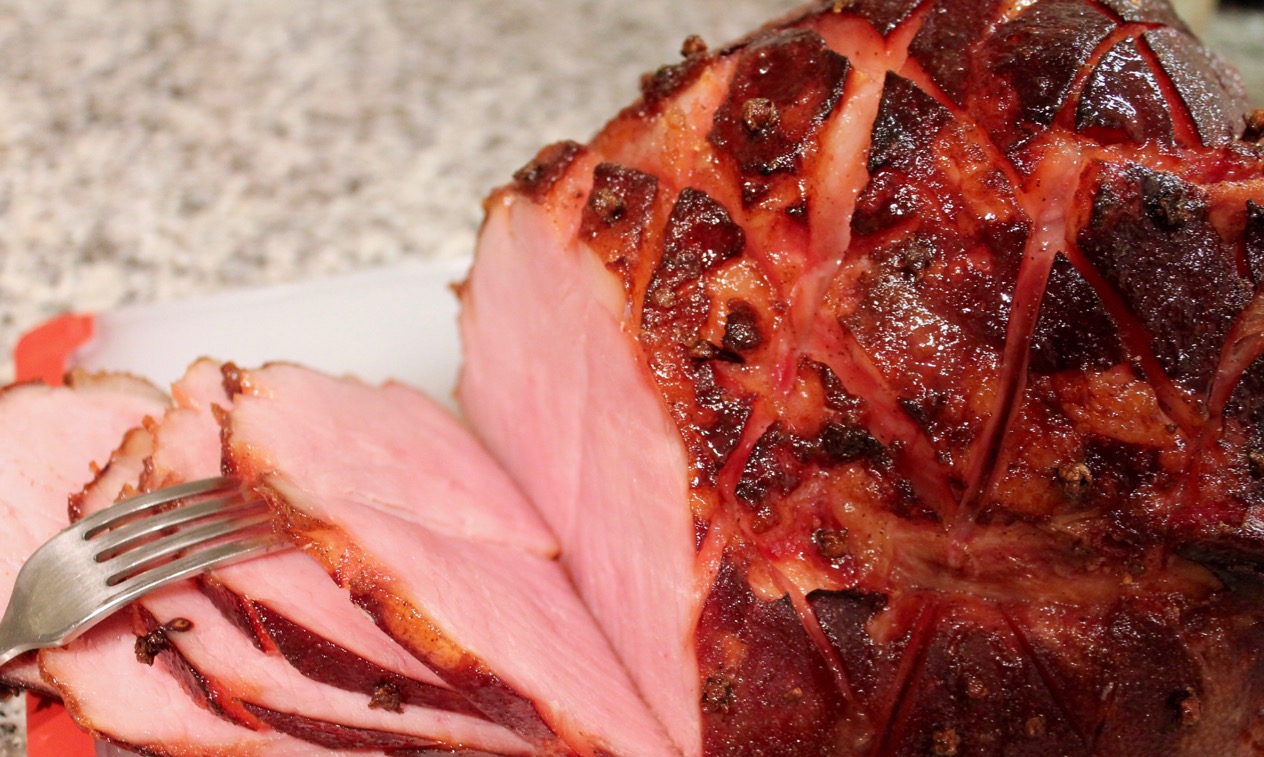

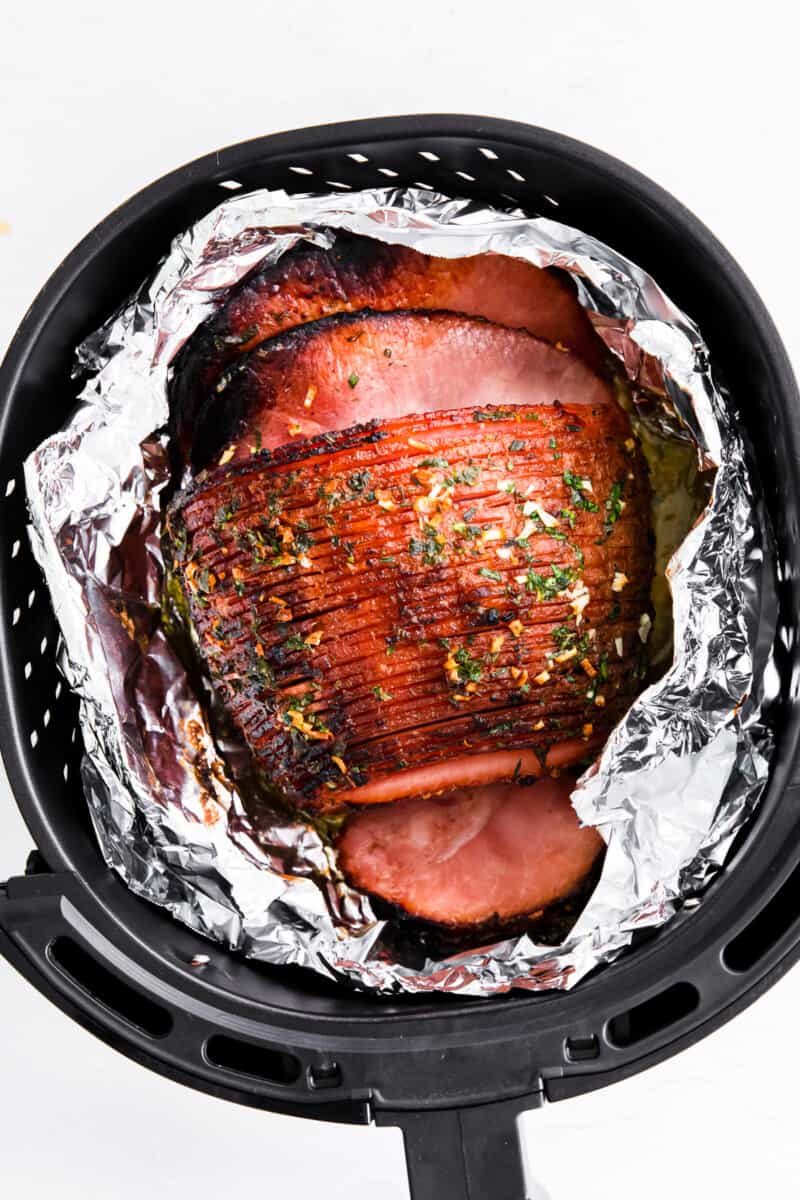


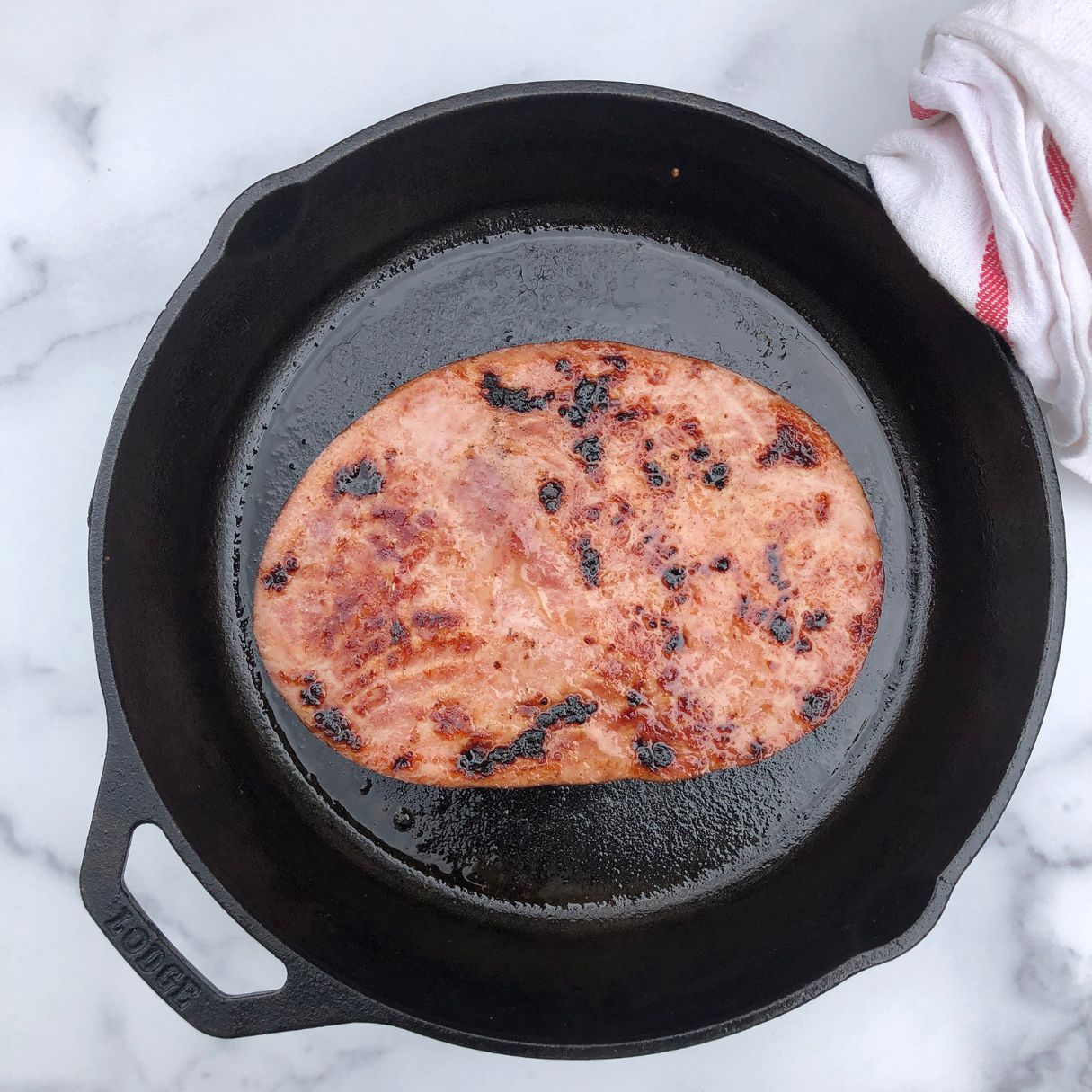

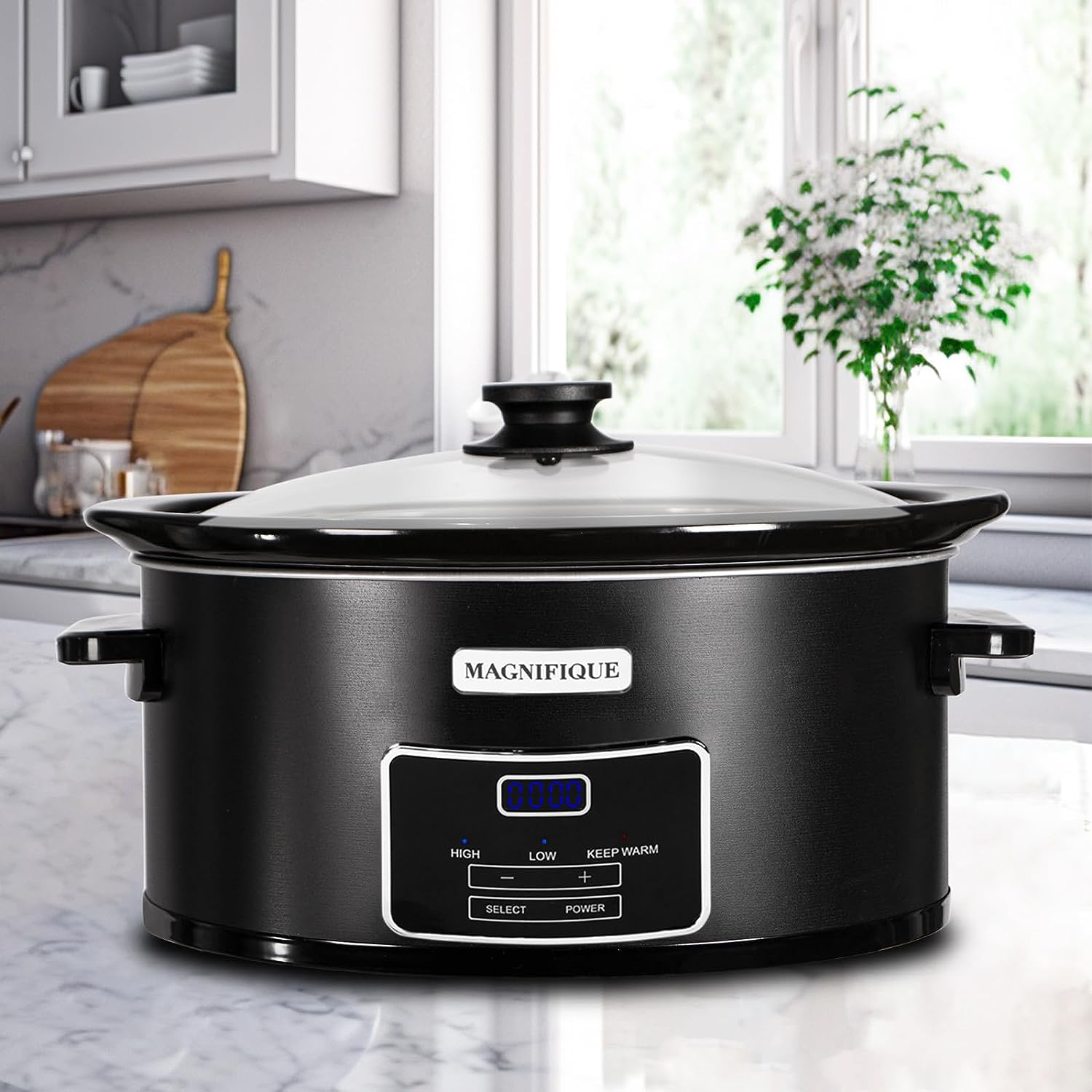
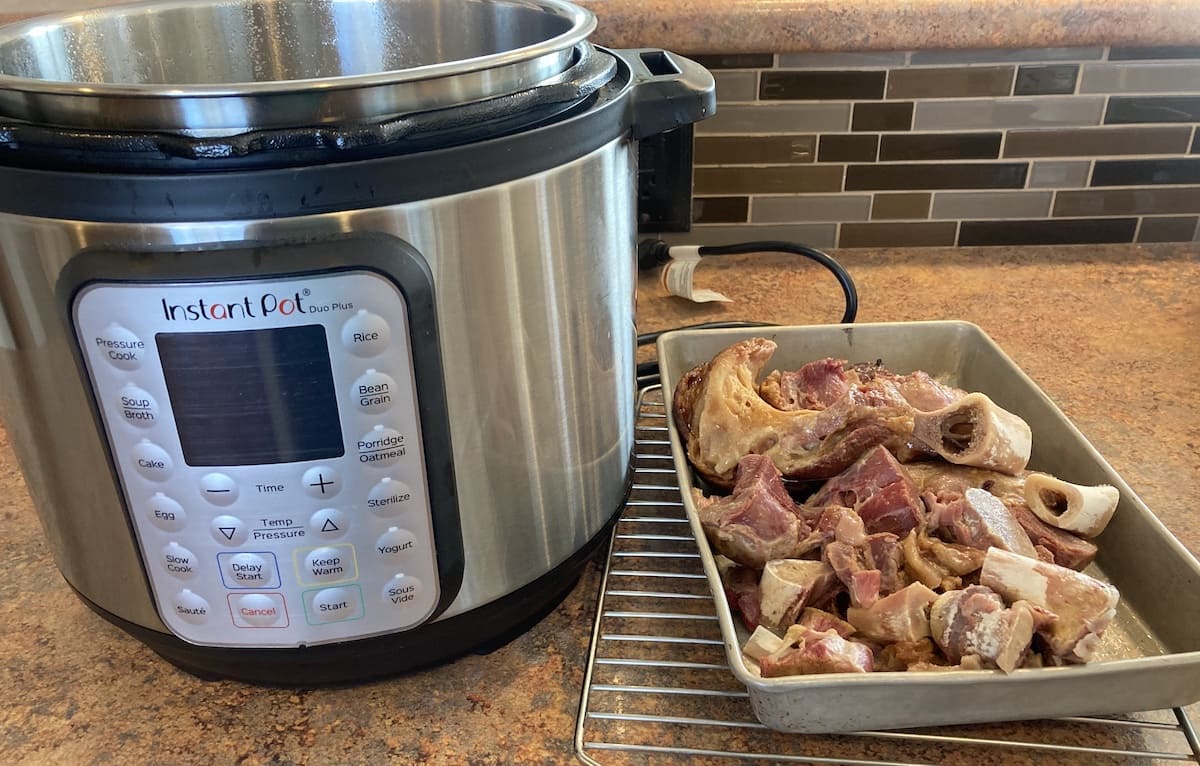
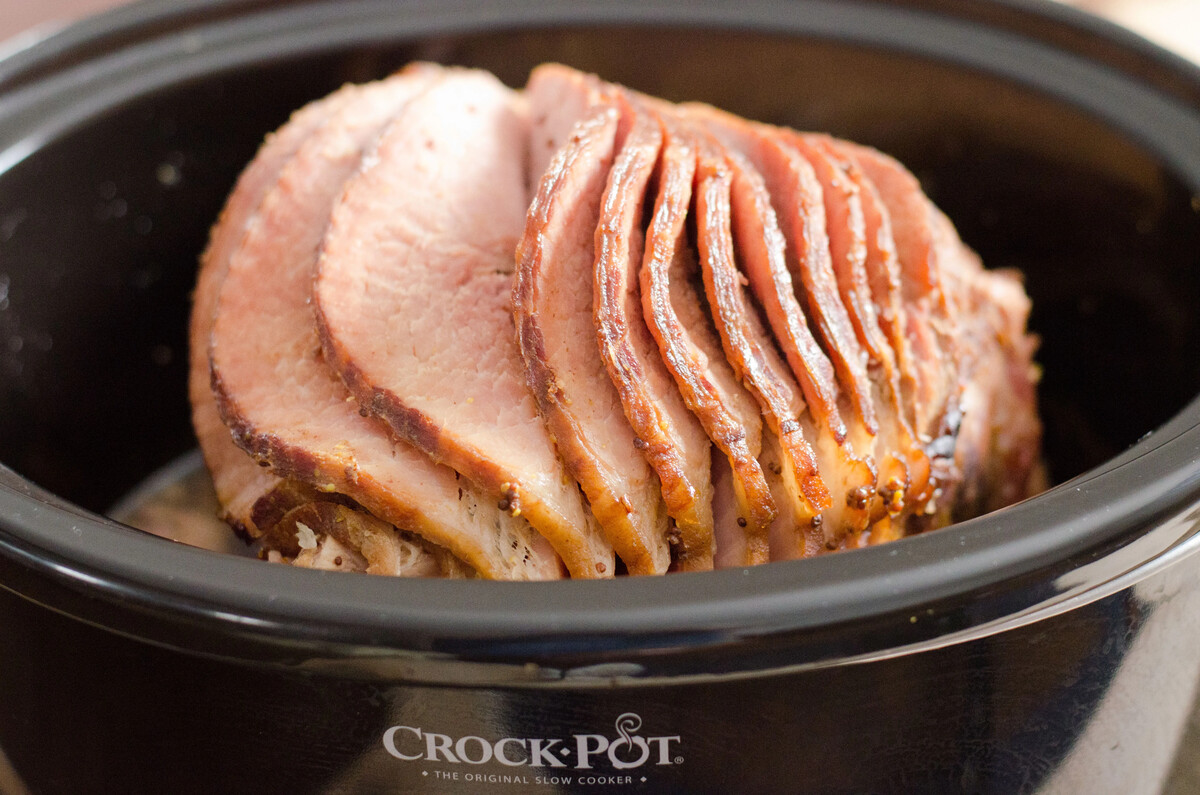
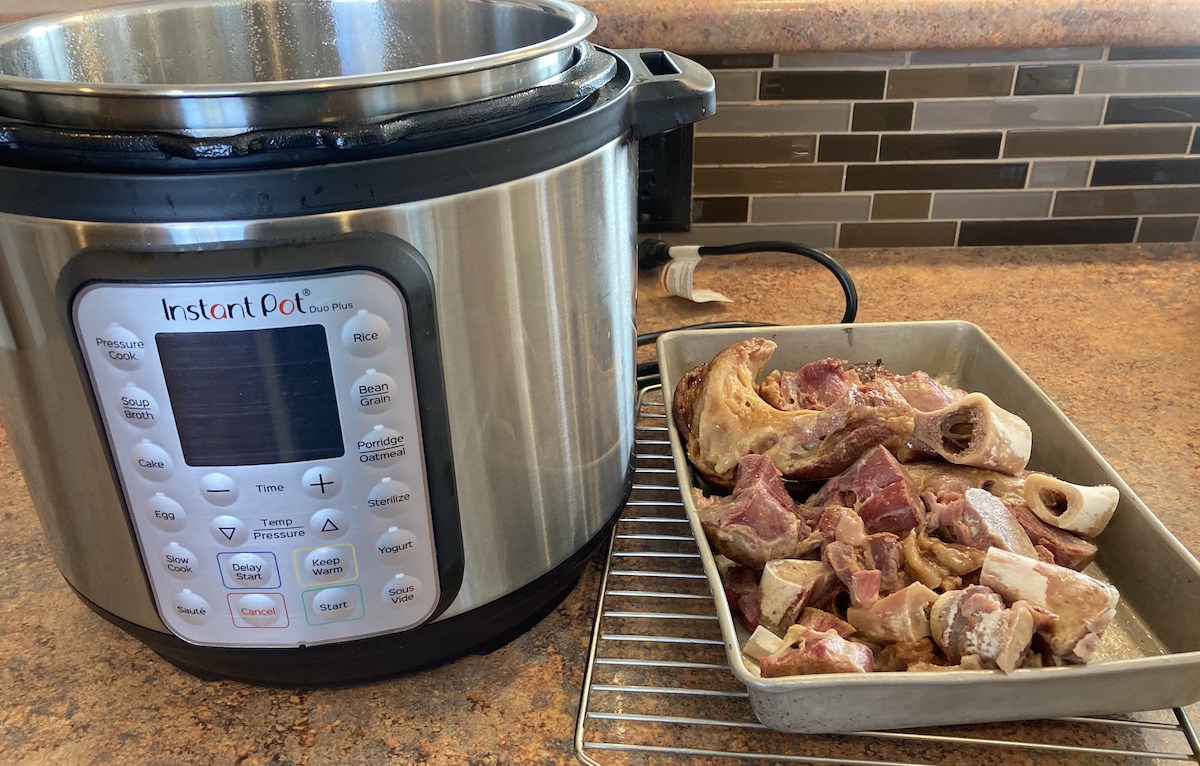
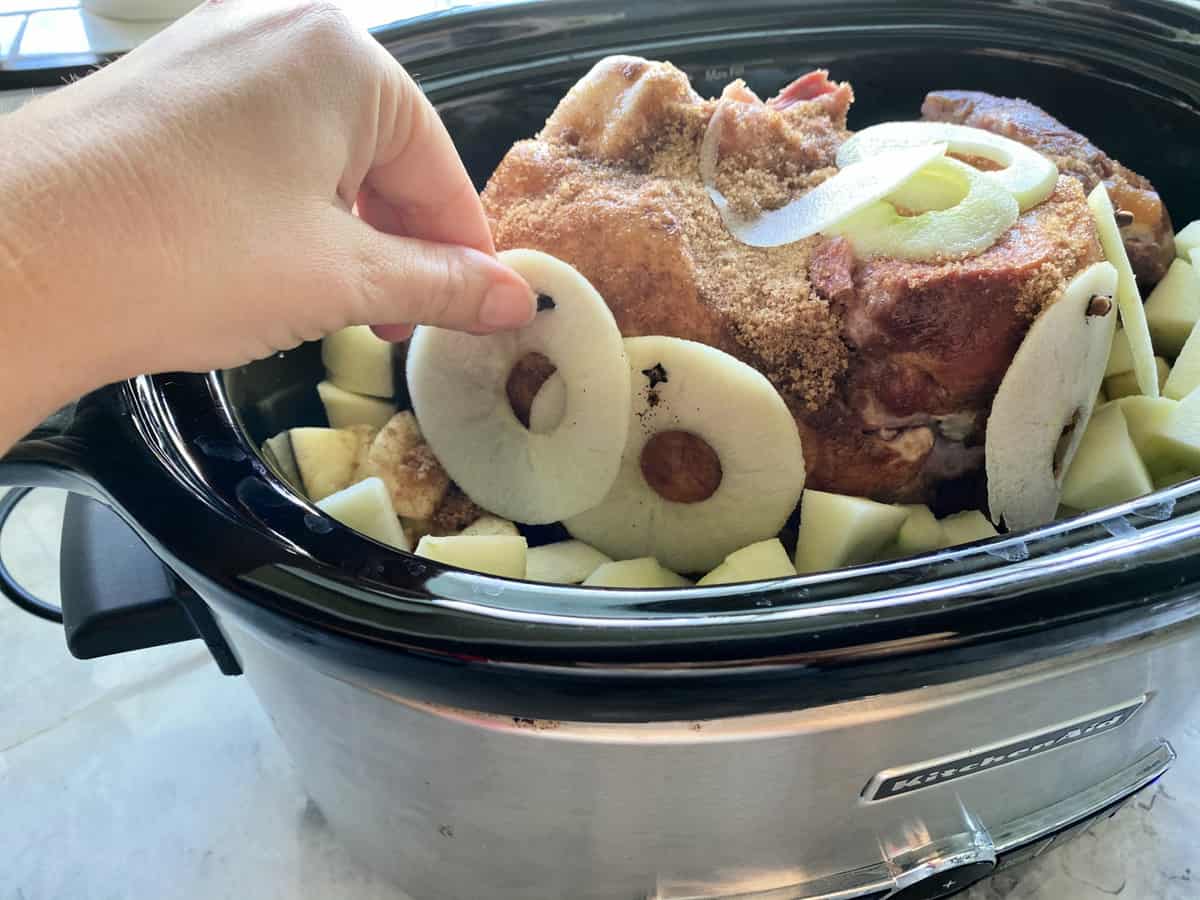


0 thoughts on “How To Store Ham”